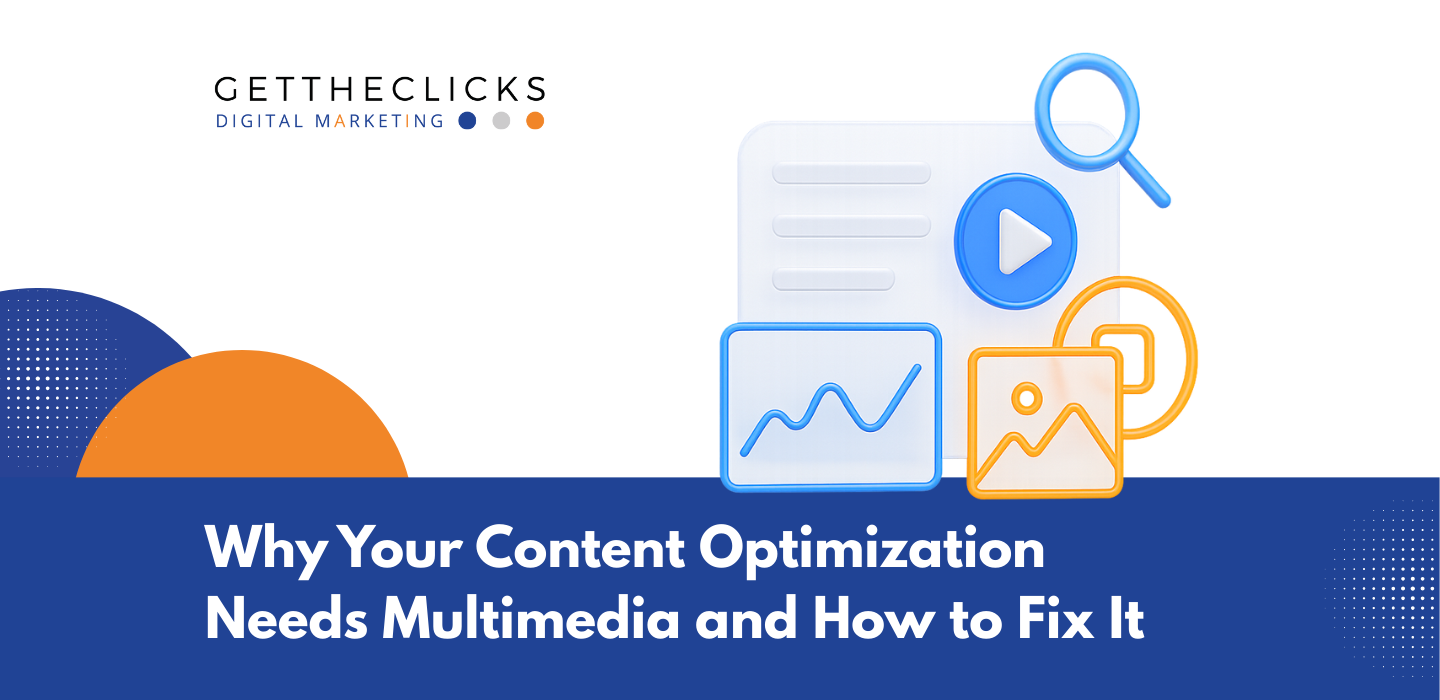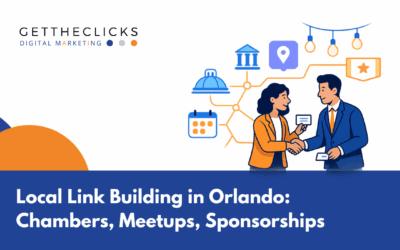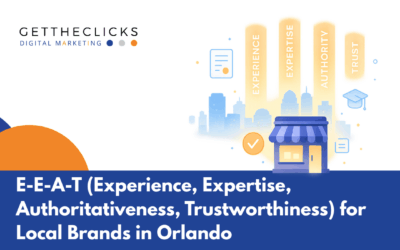Multimedia content isn’t just for aesthetics anymore; it’s essential for improving SEO performance, increasing dwell time, and creating a better user experience. If your content strategy lacks images, videos, or interactive visuals, you’re missing out on key ranking and engagement opportunities.
In this blog post, you’ll learn exactly why multimedia matters, how it influences rankings, key marketing strategy tips, and what steps you can take today to optimize your content fast.
Why Plain Text Content No Longer Competes in Today’s Digital Landscape
Search engine algorithms now reward content that’s rich, helpful, and user-focused. This shift makes multimedia a critical component, not a bonus.
Visual and video content provide context that supports semantic search, Google’s way of understanding user intent beyond relevant keywords.
Search engines also interpret multimedia using structured data, alt text, and visual entity recognition. That means a well-tagged image or properly embedded video isn’t invisible to crawlers; it actively contributes to your search engine rankings.
Without incorporating multimedia, your content risks being seen as thin or incomplete, especially when competing with visually appealing, rich, and engaging content in organic search results.
How Multimedia Enhances SEO Performance and Visibility
Search engines favor websites that keep users engaged, offer value, and demonstrate real-world expertise. Multimedia elements do all three, while also unlocking powerful visibility features in search results. They also:
Improves Dwell Time and Engagement: Audio and video content, infographics, and interactive media keep users on your page longer, signaling quality to Google and improving user engagement metrics.
Boosts Click-Through Rates via SERP Features: Schema markup for images and videos can earn you placements in carousels, snippets, and visual packs.
Supports E-E-A-T with Original Visuals: Custom graphics, product walkthroughs, or expert videos reinforce your authority and hands-on experience.
Increases Visibility Across Search Channels: Multimedia integration expands your content’s reach by appearing in Google Images, YouTube, and even social media platforms. You can use image compression to improve your website’s loading time when adding visuals.
Strengthens Topical Relevance Through Structured Data: Proper tagging and metadata help search engines understand how your media supports the main topic.
Using Multimedia to Improve Accessibility and Audience Understanding
Multimedia makes your content easier to understand and more accessible to diverse audiences. People have different learning preferences: some process visuals better than text, while others prefer audio content. Including multiple formats meets all of these needs.
Accessibility features like image alt text, video captions, and audio descriptions make your content usable by people with disabilities. This isn’t just good practice; search engines also favor it.
Google rewards accessible content because it aligns with their mission to serve all users equally. Multimedia helps you do just that, while enhancing user experience for both users and bots.
Technical Mistakes to Avoid When Using Multimedia in Content
Multimedia can significantly enhance user experience, but only if it’s implemented correctly. Poor technical execution can slow your site, hurt SEO rankings, and limit how search engines interpret your media. Here are a few common mistakes to avoid:
Uncompressed Media Slows Page Speed. Large images or videos increase load times, leading to higher bounce rates and lower rankings.
Skipping Efficient File Formats. Using formats that are optimized properly, like WebP, reduces file size without compromising quality.
Neglecting Lazy Loading and CDN Usage. Lazy loading techniques delay media loading until it’s needed, and CDNs speed up delivery across regions.
Ignoring Mobile Responsiveness. Media that doesn’t adapt to smaller screens causes poor user experiences on mobile optimization.
Omitting Structured Data for Media. Without schema markup, search engines may fail to understand or index your visual content properly.
Where and How to Use Multimedia for Maximum Impact
Use multimedia where it naturally supports your content. Infographics are ideal for complex data or comparisons, offering instant clarity.
Charts can break down statistics quickly, while screenshots work well for step-by-step tutorials or tool overviews.
For complex concepts or product demonstrations, use short, embedded videos. Place media near relevant images and text to reinforce meaning without disrupting flow.
Always embed videos directly instead of linking out; this keeps users on your site longer, increasing dwell time and boosting SEO signals in the process.
These are practical tips for your content optimization strategy, helping ensure that each multimedia format you use adds real value to your content.
Measuring Multimedia Success and Content Engagement
To determine if your multimedia is effective, track key metrics such as scroll depth, bounce rates, time on page, and user engagement with media elements. Are users watching your videos? Are they expanding your images? These behaviors matter.
Use analytics tools like Google Analytics, Hotjar, or Microsoft Clarity to view heatmaps and user behavior flows. If users are skipping over media, adjust the placement or simplify the visuals. Iteration is key to testing what works and refining based on performance data.
Multimedia isn’t a one-time fix; it’s part of an ongoing SEO strategy and content marketing across multiple channels.
Quick Fixes to Add High-Impact Multimedia Without Delay
You don’t need a production team to improve your content with visuals. With the right tools and proper multimedia formats, you can create engaging content that resonates with your target audience. Follow these tips:
Add Simple Screenshots and Charts. Visuals like annotated screenshots or comparison charts quickly increase clarity and visual appeal.
Repurpose Existing Webinar or Demo Clips. Embedding short segments from recorded content saves time and adds high-value video content with minimal effort.
Use Free or Affordable Multimedia Tools. Tools like Canva, Loom, and Lumen5 make it easy to create graphics, screen recordings, and videos on a budget.
Embed Media Directly but Optimize It. When embedding from platforms like YouTube or Vimeo, configure settings to reduce load time and maintain performance.
Start Small and Build Consistently. Begin with one or two types of multimedia content per post and expand as you refine your workflow and results.
What Google Looks for in Multimedia-Enhanced Content (E-E-A-T Signals)
Google looks for media that adds value, not just decorates the page. Optimizing multimedia content includes using original visuals, expert interviews, or instructional videos to help demonstrate experience and authority. This supports your E-E-A-T profile, especially in competitive or YMYL (Your Money or Your Life) niches.
Engaging multimedia must also be contextually aligned. If a video or image distracts from the main point, it can reduce clarity and hurt engagement. Google search rankings favor content that considers voice search optimization and incorporates multimedia elements to help solve the searcher’s problem, so make sure your visuals do just that.
Boost Your Content Strategy with Get the Clicks
Ready to turn static content into high-performing digital assets? Let Get the Clicks help you integrate impactful multimedia that drives rankings, engagement, and real results. Contact us today to elevate your content with smart, SEO-driven enhancements.





